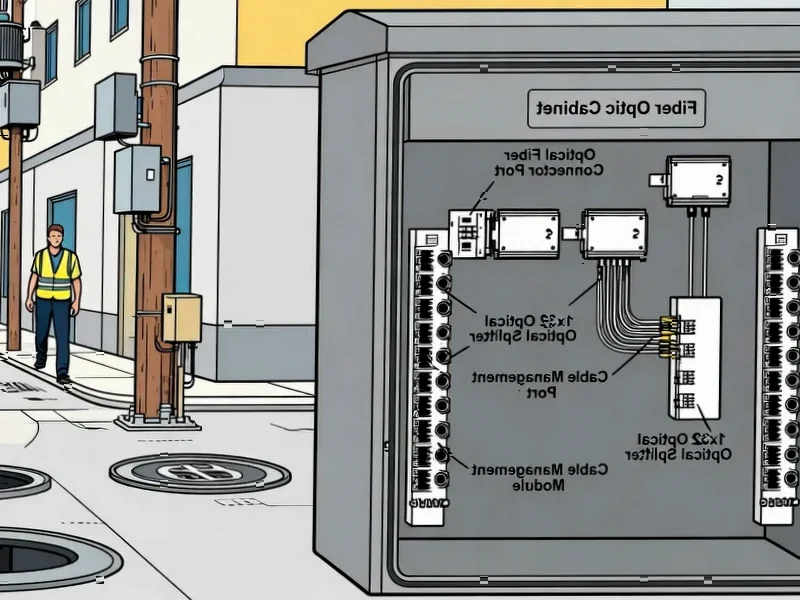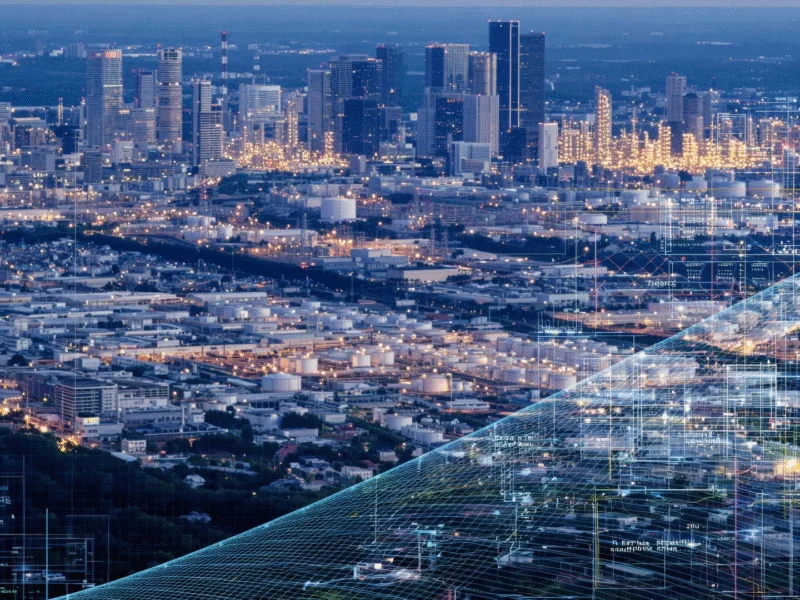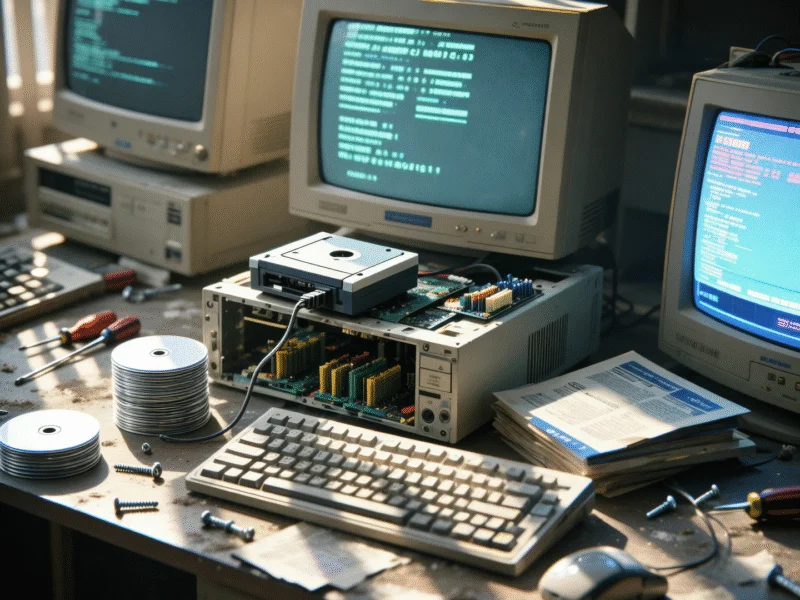According to Kotaku, Nintendo President Shuntaro Furukawa recently told investors the Switch 2 should maintain its current $450 price point despite rising material costs. He specifically stated Nintendo expects to “maintain the current level of profitability for hardware for the time being” barring significant external changes like tariff shifts. The console became the fastest-selling ever at launch despite its controversial price tag, sitting between aggressive $400 predictions and worst-case $500 scenarios. Furukawa noted that while material costs are rising, mass production efforts should create cost reduction opportunities. Importantly, Nintendo actually manufactured enough stock that everyone who wanted one could get one, avoiding the scalper problems that plagued PS5 and Xbox Series X/S launches.
Nintendo’s Price Philosophy
Here’s the thing about Nintendo – they play the long game. While other console makers were scrambling with price hikes earlier this year, Nintendo held firm. And honestly? It’s working for them. The Switch 2 is selling like crazy even at $450, which tells you something about the value proposition people see in that hardware-plus-software combination.
I think what’s really interesting here is how transparent Furukawa was about their cost management strategy. They’re basically banking on mass production efficiencies to offset rising material costs. It’s a classic manufacturing playbook, but one that requires serious confidence in your supply chain. For companies in industrial computing looking at similar challenges, this approach might sound familiar – maintaining margins through production scale rather than passing costs to consumers.
The Scalper Problem Solved
Remember the PS5 launch? Absolute nightmare. People were paying double to scalpers, waiting months, dealing with that whole miserable experience. Nintendo learned from that disaster and actually manufactured enough Switch 2 units. That’s huge. It means the $450 price feels… fair? Because you can actually buy the thing at that price.
And let’s be real – when you compare this to the industrial computing space where lead times can stretch for months and pricing feels like a moving target, Nintendo’s supply chain execution is pretty impressive. They’ve managed to avoid the shortages that plagued other tech launches while keeping pricing stable.
Don’t Expect Discounts
So here’s the cold truth – if you’re waiting for a Switch 2 price drop, you might be waiting forever. The original Switch never got a permanent price reduction, and this one is selling even better. Nintendo has absolutely zero incentive to lower prices when demand is this strong.
Basically, we’re looking at a company that’s mastered the art of maintaining premium pricing through consistent value delivery. They’re not chasing the race-to-the-bottom pricing we see in some consumer electronics. Instead, they’re building hardware that people are willing to pay for, and backing it up with manufacturing that actually meets demand. In today’s volatile market, that’s becoming increasingly rare.




